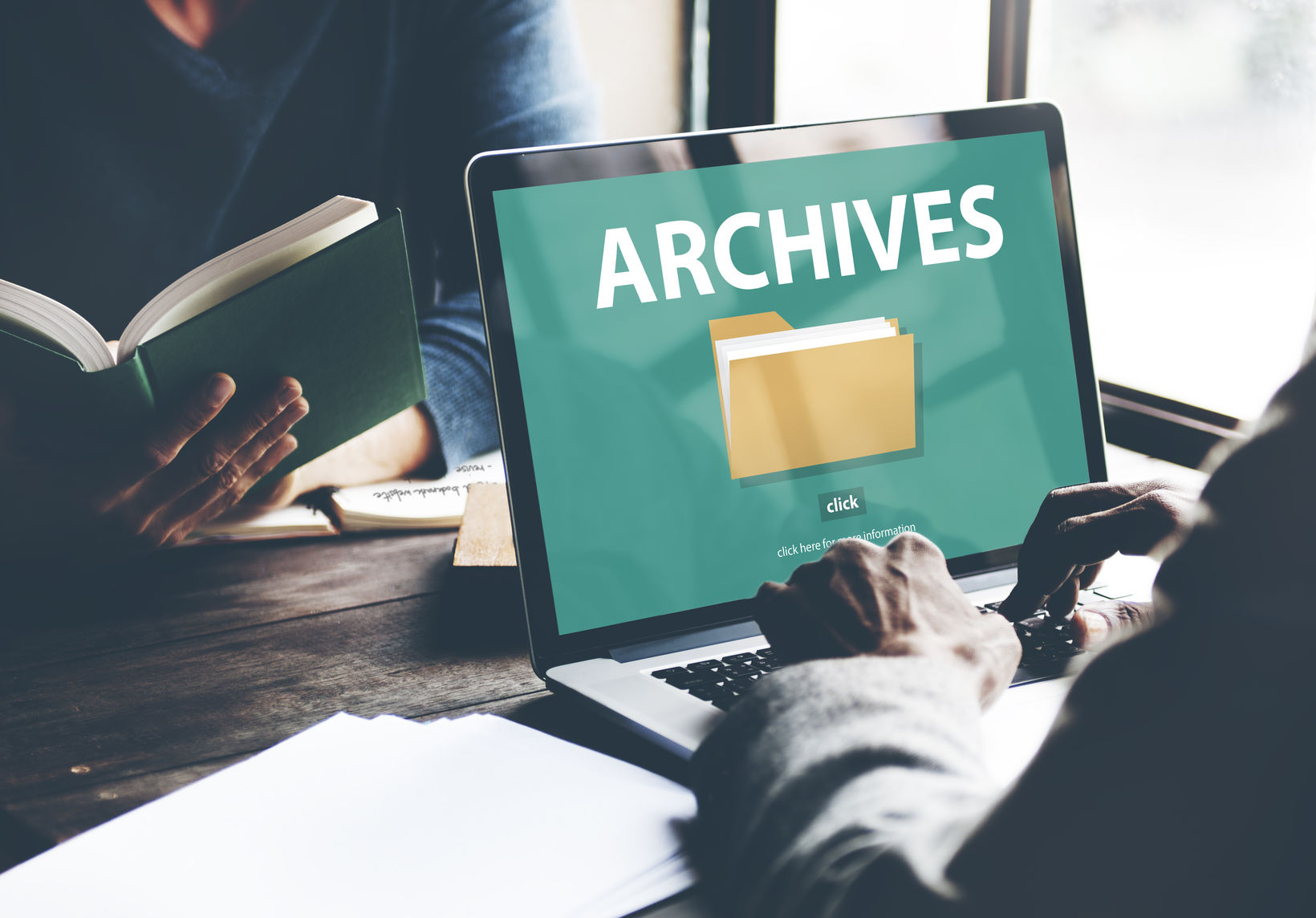Softlink IC Blog
Subscribe to our quarterly update
Digitising Material – Preserving and Managing Digital Content

Increasingly, new information is being created in digital format however there is still a significant amount of physical material, much of it fragile or vulnerable to damage, that can be converted to digital format.
For all libraries, digitising important physical records and files can future-proof against damage or loss from disasters such as flood or fire. Backing up digital material also prevents loss from hardware failure. A significant number of cultural institutions, government agencies and private companies are already digitising their current material and archives to ensure its longevity. Others are planning and establishing frameworks for their digitisation projects.
As the amount of digital material increases, strategies must be developed to preserve and manage it.
Some things to consider when planning to digitise some or all of your material:
- Identify what material you want digitised – all or only some? What criteria should be applied to what is digitised and what is not?
- What is your budget? The amount available may well depend on you providing a business case based identifying the value of doing so for the business, staff, borrowers and, if applicable, external organisations.
- Do you currently have equipment available, for example flatbed scanners and cameras, or will the physical process of digitising of material be outsourced – is it more economical to do so?
- How will you ensure the information contained in those digitised records, not just information about those records, is accessible? Scanning via OCR software, for example, will enable users to find the information contained in the records.
Managing digital material:
- Will access to additional storage space on servers be needed as more material is digitised?
- Changes to digital formats in the future will require a shift to those new formats particularly as “current” formats become unviable.
- Ensuring the digitised version is of acceptable quality. If it is, do you store or cull the original and if you do cull what criteria is applied?
- Management of original physical material – formulating policies around processes for storage, preservation and at some point, disposal of some, if not all, of the original physical material.
- Policies to preserve and manage digital material are needed in the same way there are policies for non digital material
- What processes can be applied for the authentication of digitised material and fraud protection?
Additional Resources
There are a number of presentation videos on the topic of digitisation projects from the National Digital Forum held in New Zealand in 2016. We hope you may find some of them interesting and informative, for example:
Understanding impact: A case study of digital te reo Maori archives (Mark Crookston and Ariana Tikao)
A presentation on the initial findings from a research project being conducted. The main goal was to gather evidence as to the value of digitising collections to present to policy makers. One of the interesting points Crookston made is the need to change the limited thinking applied to measuring value, for example, value based primarily on access, that is, how many clicks, and retrievals rather than measuring the use of the accessed material. Basing value on, for example, connections made from sharing, learning and expanding cultural languages and appropriate knowledge, is where the real value lies. As the study related to cultural material, it surveyed how users felt about their cultural material being digitised – whether it compromised its intrinsic value or whether the result of expanded access that resulted from digitisation had great value. Further research on the subject is being planned.
(When) Do we need a 3D digitising strategy (a panel discussion)
The panel discussed possible future challenges of 3D scanning of material and objects for cultural centres. Some of the issues covered may have relevance for organisations who are or have digitised some material not just museums and art galleries. Topics included the challenges such as costs in terms of skilling staff in the hardware and software use, time intensiveness of the scanning versus the cost of purchasing additional physical material, and potential copyright implications with 3D scanned objects, for example photographed material and objects, which could become the subject of unauthorised commercialisation.
Shaping knowledge (Jason Hanson)
Hanson identifies what use 3D printing offers to libraries not just museums and galleries, and why it may become a necessary tool. For example, it could provide the option for libraries and organisations to maintain the “fidelity” of material as we move further away from physical items in an increasingly digital world, for example how some things feel, which cannot be conveyed in through digital image.
Digital curating and a site for possibilities (Katherine Barrow and Fiona Moorhead)
Katherine Barrow from Pixel Fusion and Fiona Moorhead from the Auckland Art Gallery discuss the process involved in designing and developing a website. The project was based on the goals the art gallery wanted to achieve, and the subsequent value it has brought to its on line presence, such as increasing the visibility and “searchability” of the gallery’s collections.
Annette Nielsen, Technical Writer and Analyst, Softlink
Liberty Knowledge, Content and Library Management Solution
Softlink’s Liberty Knowledge, Content and Library Management Solution is a high performance solution that will grow and change with the needs of your organisation.
Liberty enables vital information to be discovered and delivered anywhere, anytime through modern digital devices. Liberty combines advanced functionality with ease of use.
CATEGORIES
Solutions
Recent Blog Articles
Popular Articles
More
© 2024 Softlink. All Rights Reserved | Data Protection and Privacy Policy |Data Processing Agreement | Modern Slavery Statement | Careers | Cookie Policy


0 Comments